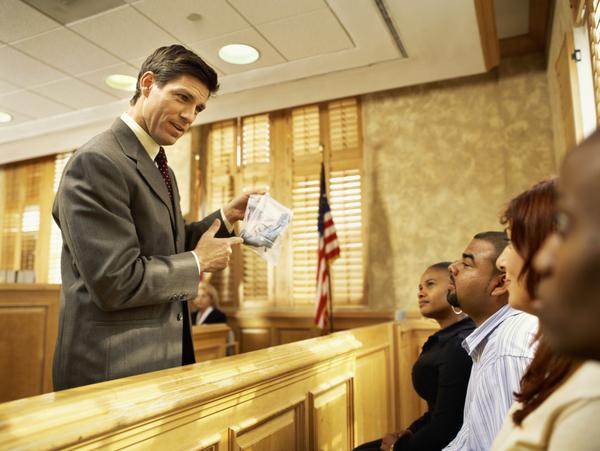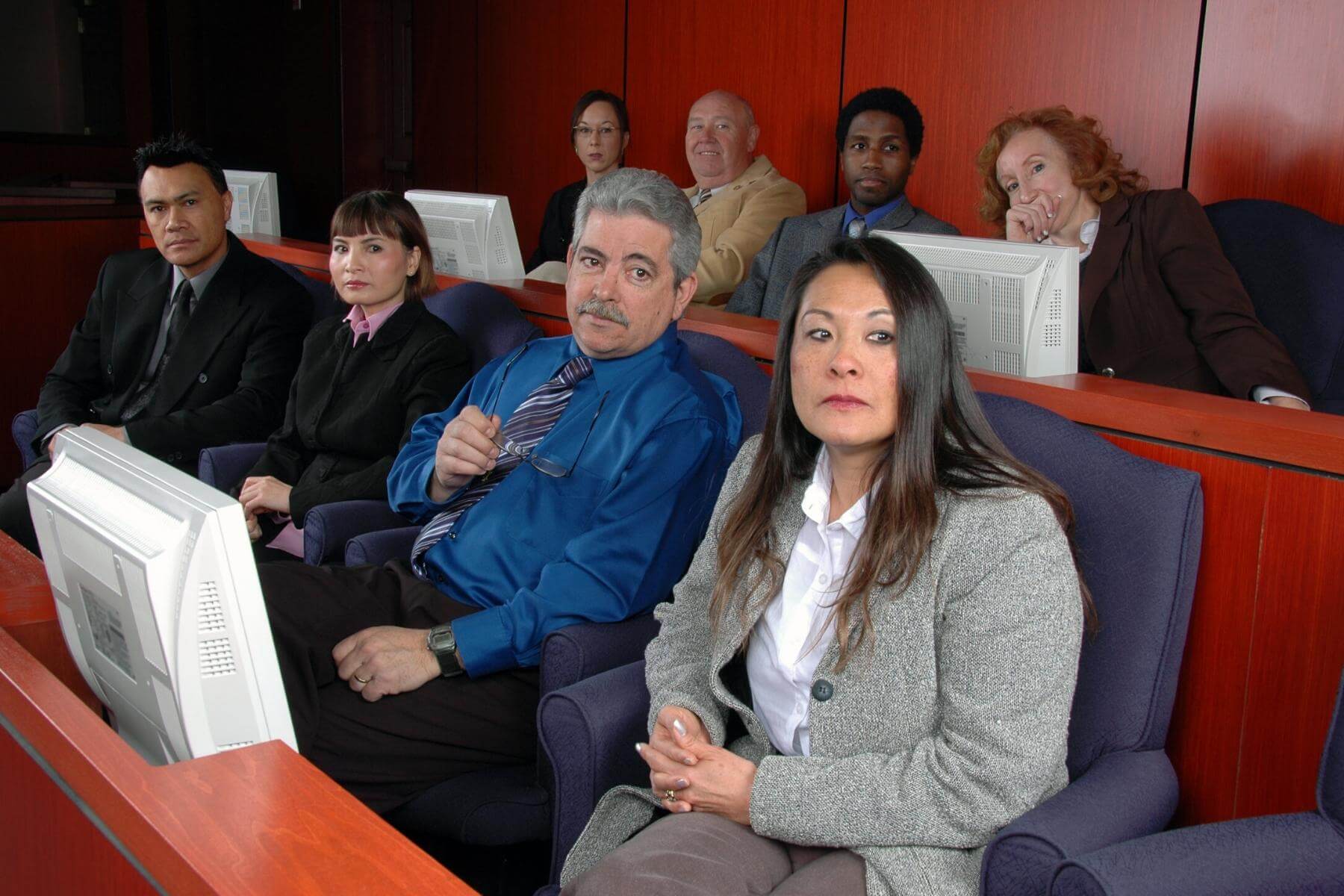Enhance your case with dynamic and well-structured trial presentations for effective advocacy.
Enhance your case with dynamic and well-structured trial presentations for effective advocacy.
Blog Article
Exactly How Trial Presentations Enhance Your Disagreement and Persuade Jurors
Trial discussions serve as a pivotal mechanism for boosting legal debates and persuading jurors. By integrating visual aids, narrative frameworks, and emotional engagement, lawyers can produce a compelling case that reverberates on several levels. The tactical usage of visuals not just makes clear complicated information but likewise captures jurors' focus better than words alone. However, the art of narration plays an equally vital role in changing accurate evidence into an engaging narrative, forming jurors' understandings - trial presentations. Comprehending these aspects can dramatically influence test outcomes, elevating the concern of just how each part contributes to this intricate dynamic.

Relevance of Aesthetic Help
Aesthetic help play an important function in improving the performance of test discussions, as they can considerably increase audience involvement and retention of details. In the context of a test, where jurors are entrusted with handling facility information, visual aids serve to simplify and make clear bottom lines. Charts, graphs, and pictures can convey data and principles that may or else overwhelm or puzzle jurors, allowing for a much more simple understanding of the evidence presented.
Moreover, visual aids aid in keeping juror attention throughout the process. By damaging the monotony of verbal testament, these tools can stress critical disagreements, making them a lot more unforgettable. Reliable aesthetic aids can likewise stimulate psychological responses, which can be critical in encouraging jurors to align with the presenter's story.

Crafting Compelling Narratives
A compelling story is necessary in trial presentations, as it works as the foundation of reliable persuasion. It allows lawyers to weave with each other facts, proof, and emotional aspects into a coherent story that resonates with jurors. This narrative framework enables jurors to understand the intricacies of the case while assisting them via the attorney's argument.
To craft an engaging narrative, lawyers must focus on clearness and coherence. This entails establishing a clear protagonist-- frequently the customer-- and outlining their journey through the events in question. Offering the facts in a rational series enhances comprehension and preserves involvement. In addition, the usage of vivid descriptions can develop mental pictures that help jurors picture the occasions, making the narrative a lot more remarkable.
Furthermore, integrating vital themes throughout the discussion strengthens the core message and help in retention - trial presentations. The narrative needs to not just convey info but likewise evoke a sense of justice, highlighting the risks entailed. Inevitably, a sound narrative fosters a connection between the jurors and the case, placing the lawyer's disagreement as both credible and compelling, consequently increasing the likelihood of a desirable decision

Engaging the Court Emotionally
Efficient jury involvement pivots on the lawyer's capability to connect with jurors on a psychological level. This connection can dramatically affect jurors' understandings and their supreme decision-making.
Aesthetic aids, such as photos or videos, can even more enhance psychological engagement, giving jurors with vivid depictions of the case's human components. Crafting find out this here a story that highlights the battles and triumphs of the individuals entailed makes sure that jurors see past the lawful disagreements and recognize the human consequences of their decisions.
Additionally, tone and body language play a crucial role in conveying emotion. A lawyer's passionate delivery can reverberate with jurors, enhancing their psychological financial investment in the event. It's necessary to stabilize emotional allures with factual proof, making sure that jurors feel compelled to act while staying based in the fact. Eventually, a mentally engaged jury is more probable to be encouraged, making psychological link a vital component of effective trial presentations.
Structuring Your Discussion

The body of the presentation should be logically fractional right into bottom lines, each supported by compelling proof. It is useful to utilize narration methods to weave facts right into a narrative that jurors can conveniently comply with. Visual aids, such as graphes and video clips, can improve understanding and engagement, assisting to highlight vital items of evidence.
Real-World Instance Research Studies
Examining real-world instance research studies provides very useful insights into the art of trial discussions and persuasion. The site situation of "O.J. Simpson v. The Individuals of The golden state" illustrates just how aesthetic help and compelling stories can guide court understandings. The defense group successfully used a method that incorporated top-level professional testimonies with multimedia presentations, which captivated jurors and inevitably affected their choice.
Another noteworthy instance is the "McDonald's Coffee Case," where the plaintiff's lawyers utilized visuals images of the injuries endured by Stella Liebeck. trial presentations. This plain visual proof played a crucial duty in sharing the seriousness of her burns, leading to a significant court trial presentations award. Such cases show that impactful trial presentations commonly pivot on the reliable assimilation of visuals and storytelling to evoke emotional responses from jurors
Moreover, the "Casey Anthony Test" highlighted the relevance of narrative comprehensibility and reputation. The prosecution's failing to establish a compelling timeline lessened their influential power, highlighting the need of a well-structured presentation. Analyzing these cases exposes that successful trial presentations call for strategic preparation, psychological interaction, and the capability to resonate with jurors' worths and beliefs.
Final Thought
Test click for source presentations significantly improve arguments and encourage jurors through the calculated use aesthetic help, engaging stories, and emotional involvement. By simplifying complex details and cultivating connections with the audience, these components produce an unforgettable and impactful experience. A well-structured discussion balances sob stories with accurate proof, eventually reverberating with jurors' values. The combination of these techniques not just affects decision-making yet also emphasizes the relevance of efficient interaction in the court.
Report this page